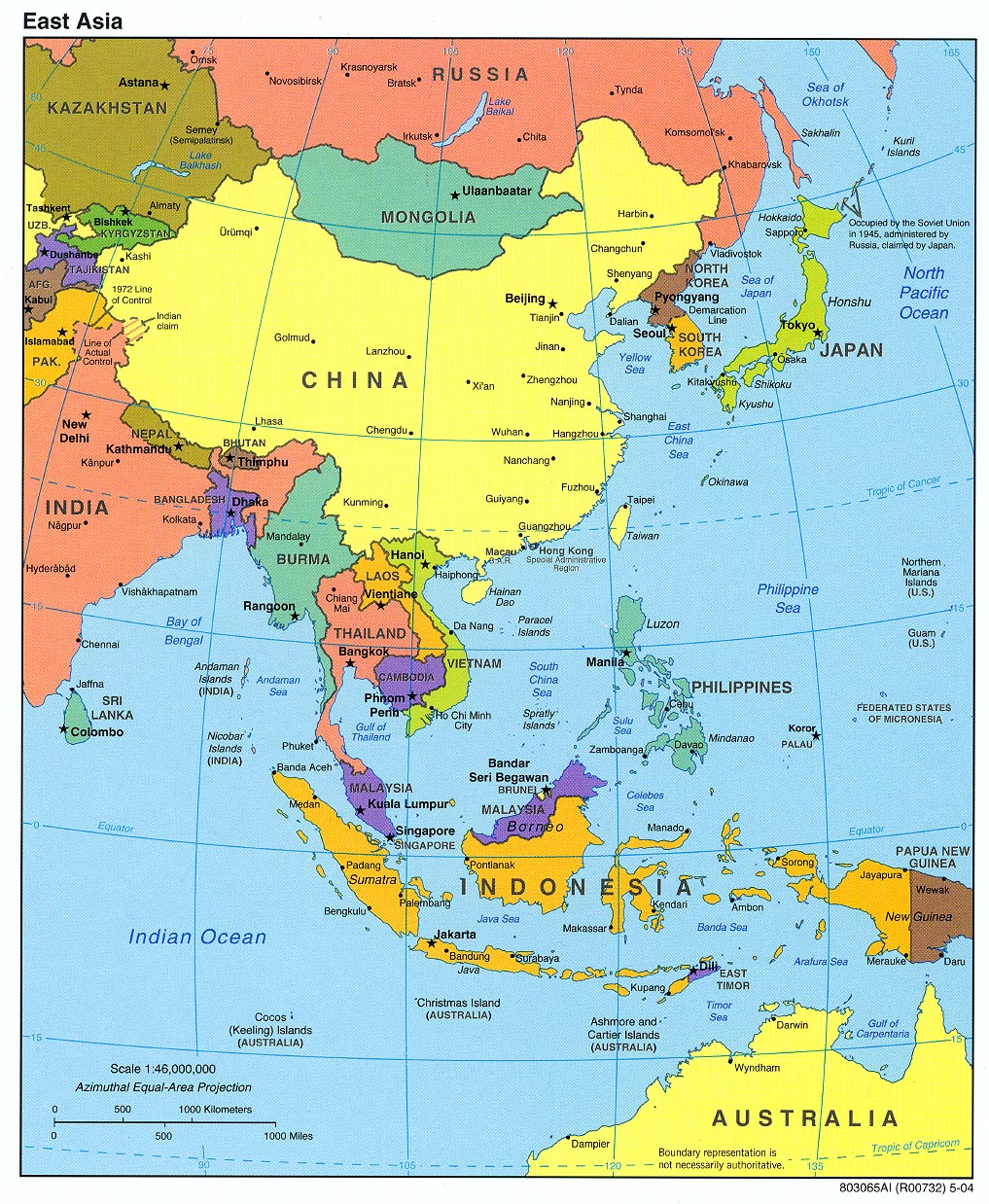
Politics in Eastern Asia in the 1500s
East Asia in the 1500s was generally very chaotic with very unstable states and constant warfare.
The Ming Dynasty had a powerful centralized government. The empire was divided into 13 provinces. The major cities were Nanjing and Beijing. They contributed to the growth of private industry and small-scale industries. The Ming Dynasty in the 1500s was filled with official corruption and taxation. Additionally, the empire was threatened by surrounding states. Becoming weaker and weaker, the Ming Dynasty finally falls apart and is overthrown by the Manchus.
The Japanese Sengoku period was an equivalent to the Chinese Warring States Period. However, the Sengoku period eventually lead to the unification of political power under the Tokugawa shogunate. Tokugawa shogunate was a feudal military dictatorship and were lead by the shogun and lords who were all daimyo: feudal lords with their own bureaucracies, policies, and territories. The shogun had the military power of Japan and was more powerful than the emperor, who was a religious and political leader.
Joseon Dynasty was a monarchy government by a king. However, in the 1500s, weak rulers governed the country that was becoming weaker and weaker, facing great danger. Japanese invaders tried to use Korea as a stepping stone to conquer the Ming China using European firearms and advanced technology. Ming China later joined Korea, defeating Japan. Following the war, relations between Korea and Japan had been completely suspended.


